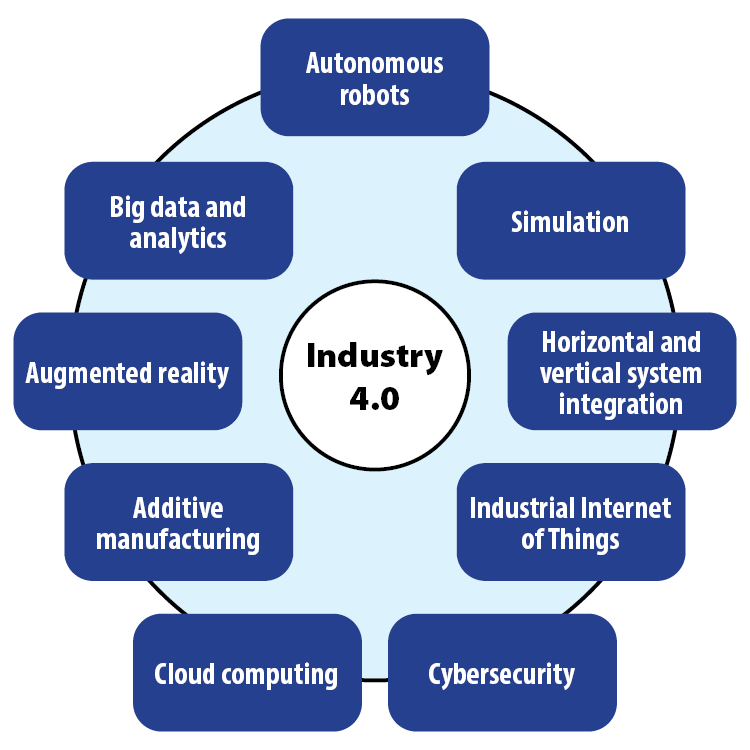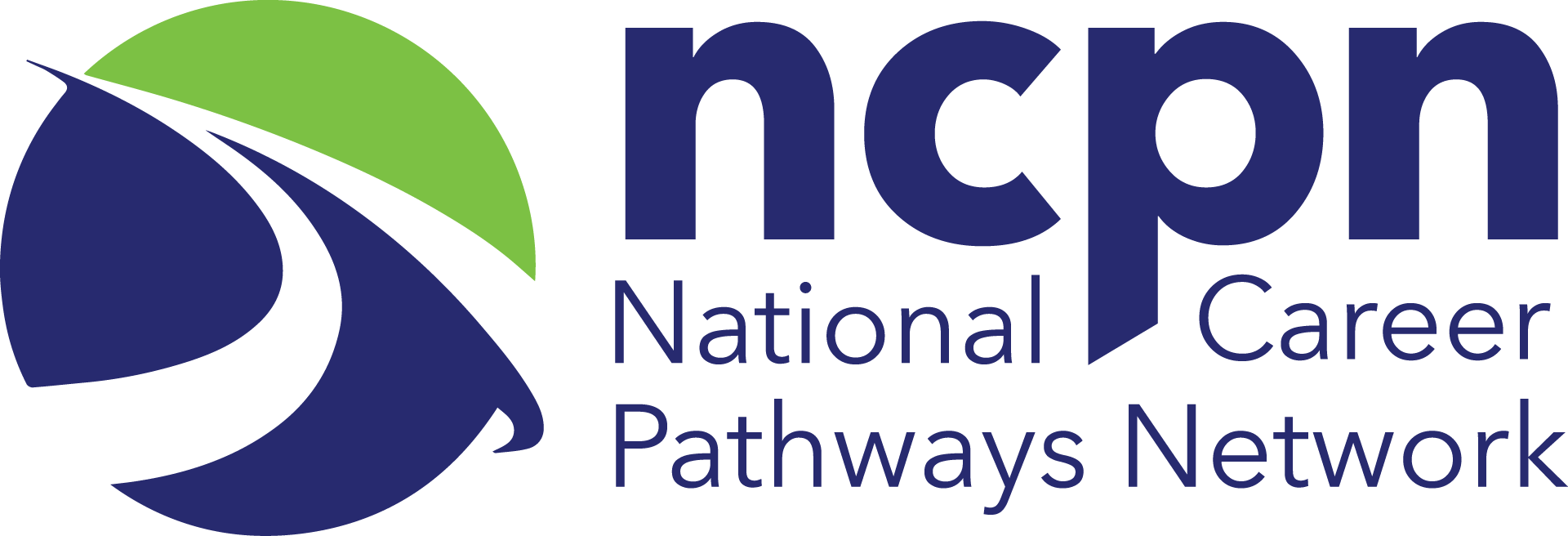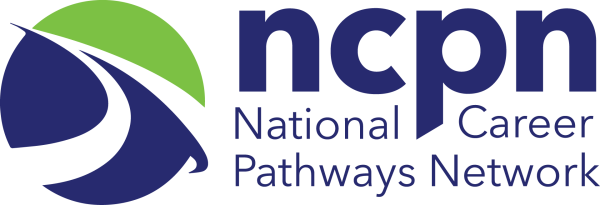Pathway Perspectives
The online journal of the National Career Pathways Network
Preparing for Emerging Skills

Mike Lesiecki
Senior Consultant, CORD
The skills landscape is always evolving and changes quickly. How does, how can, an educator keep pace? The workplace of the future will require technicians who are able to navigate complex workplace environments in which existing jobs are constantly evolving and new jobs are being created (Preparing Technicians for the Future of Work, Project Details). This article focuses on emerging technical skills associated with Industry 4.0.
What is Industry 4.0? The term Industry 4.0 carries the promise of a new industrial revolution—one that marries advanced manufacturing techniques with the Internet of Things to create manufacturing systems that are not only interconnected but communicate, analyze, and use information to drive further intelligent action back in the physical world (Deloitte, Industry 4.0).
The following figure identifies nine technologies encompassed by Industry 4.0. Ask your industry advisory group to help you identify the top technologies that are important in your region and industry sectors and the specific skills that are most needed. Then look carefully at your programs and curricula to see what changes you might make to keep pace.

It almost seems overwhelming to imagine how a faculty member or teacher could consider adding all of this to an education program. But it is possible. Just take it a step at a time. A key challenge is a teacher or faculty member’s own knowledge about a topic. They have to be confident of their own professional development on a topic to integrate it into a program.
Fortunately, there are resources for making this happen. Let’s look at three examples:
- The Industrial Internet of Things. At the IoT Educator’s Academy, you will find courses, workbooks, and reports of interest that can help you integrate IoT at various levels.
- The Cloud. Amazon Web Services (AWS) Academy helps bridge the gap between industry and education and provides a free, ready-to-teach cloud computing curriculum that prepares students to pursue industry-recognized certifications and in-demand cloud jobs.
- Robots and Robotics. Today a key skill is the ability not necessarily to program a robot but rather to integrate robotics and automation into an existing system. How do you and your students get experience with this? One approach is to use Universal Robots Academy. Take one of the free e-learning modules. Each module requires less than 90 minutes.
Finally, as you think about emerging skills you are faced with another challenge. Education programs often focus on student learning outcomes. However, when you meet with industry representatives or when your students are in job interviews, the discussion is more about competencies. The challenge is to incorporate the approach of industry training programs by focusing on professional competencies, i.e., the specific tasks technicians can execute. Compare these two statements from courses on Instrumentation and Automation Control.
| Student Learning Outcome | Competency |
| Develop installation considerations for both the variable-frequency drive and the motor | Starting-up, maintaining, and troubleshooting low-voltage variable-frequency drives, with power ranging from 1 HP to 300+ HP |
When it comes to emerging skills, your industry partners are the best resource to help you identify emerging skills and adopt the framework and language of professional competencies.
For more information, contact the author at mlesiecki@gmail.com.


